Florian Wagner is a photographer, paragliding instructor and helicopter pilot based in Munich, Germany. His work explores wildlife, outdoor sports and the environment. Besides numerous publications for newspapers like the Süddeutsche Zeitung and magazines like Stern, Playboy, National Geographic, GQ and Focus, he has been exhibited nationally and internationally and his work is featured in private and public collections. Florian’s “Adventure Germany” took him and his team throughout Germany on horseback and helicopter. We checked in with him during his journey and now catch back up with him after its completion.
Q: For our readers unfamiliar with your project, can you give us a description of your Adventure Germany project? What was the inspiration for this project?
A: My team and I rode through Germany from the very south (Zugspitze) to the very north (Sylt) and returned on the same route in a helicopter. The route was: Eibsee-Munich-Regensburg-Weimar, then east of Berlin we turn west to follow the River Elbe until Hamburg where we will cross the river, turn east to Lübeck East-Sea and then turn west again to cross south of the Danish border to the island of Sylt.
There were interesting people along the way too, including a professor who specializes in wildlife, someone who focuses on the Roman Limes, which represent the border line of the Roman Empire 2,000 years ago, and even the world champion in beer brewing!
Q: What are some of the challenges, photographic and otherwise, you faced?
A: Some challenges included riding with a camera and focusing in canter, falling off of the horse without getting hurt too badly and making the horse stand still while you shoot. We always needed more sleep, which is why we decided to optimize working progress in the camp and during the ride.
Q: You had a whole team accompanying you on this trip, correct?
A: Yes, I had a great team that with me. I’d like to especially thank the following team members: Barbara Ochotta (horses), Karin Maushart (horses), Wilfried Kolb (support vehicle, technical matters, camp organization, maps), Johan Dehoust (text), Janis Willbold (cameraman), Yves (drone camera), Marcus Aulfinger (helicopter pilot) and Hannah Gorkenant (social media and assistant).
Q: What equipment did you use?
A: I had the Leica M and Leica S with me. I used the M on the horse for weight and stability purposes. The S was for aerials shots due to the detail and file size it allows.
Q: You note that the Leica M is suitable for shooting on horseback because it is lightweight and stable. Are there any other specific characteristics of the M that you find useful in your kind of work? Do you use the rangefinder to set the focus or just set the approximate distance and rely on the wide depth of field of the wide-angle lenses you favor? And by the way, which wide-angle lenses do you use most often when shooting with the M?
A: The most useful characteristic for me is the quality of the images coming out of this wonderful camera. I very much like the fact, that the M has its own look that cannot really be copied by another camera. I used the Tri-Elmar for the book. The 35 mm is my favorite lens.
Q: Can you walk us through how you capture a shot while riding? It sounds like quite a challenge and feat!
A: I usually shoot wider angles. When I see a nice shot, I check the camera for the settings being ruined almost every time I move anywhere. I set the focus while still trying to pay attention to the horse for safety. A canter is more relaxed than trotting since you are stable and the images look more dynamic if you have other riders in the shot.
Q: Evidently you use the Leica S for most of your aerial shots from a helicopter. Do you use any special rig or handgrip to stabilize the camera, and what lenses do you typically use on the S when shooting from the air. Since the S is relatively compact, very well balanced, and rugged, have you ever tried shootings with it on horseback or to create more intimate images on the ground?
A: My helicopter partner Marcus Aulfinger (Heliseven.de) and I constructed an easy but efficient rig. Usually I work with 35 mm or 70 mm. The reason, why I prefer the S for aerial shots is the fact, that it actually sees better than the human eye.
This is a great advantage if you want to print large for exhibitions, like I do. I just sold a three meter wide image of Abu Dhabi. The details you find once the images are on computer are thrilling. We even used images on the mountain for rescuers to find tracks of an accident they couldn’t find flying blind.
I did use it on a safari in Kenja on horseback. It really surprised me how well it worked. But that was only for ten days. Riding 66 days for Adventure Germany made me decide to go for the M. On long distances, I would probably get problems with my back.
Q: We’ve seen your work in Africa on safaris. What made you want to go on an adventure in your home country of Germany and explore your own backyard, so to speak?
A: I’ve been all over the world many times to find adventures. One day I realized that I almost felt at home in California, since I know so many nice places there. But yet I know nothing about home anywhere north of Munich. That’s what I wanted to change. Germany has much more to offer than most of us would think.
Q: It seems evident from this project and your previous ones that you have an adventurous spirit. Where do you think this sense of adventure comes from? Were you born with it or did someone inspire you and cultivate it?
A: I believe an adventurous heart is nothing someone can or will teach you. For some people what I do seems childish or crazy. For me, it is the best way to discover the world and share the emotions I am hopefully able to capture while doing it. I love nature and I love flying.
From a photographic point of view, the horse gives you the time to discover things not only by searching it on the internet but by feeling it, smelling it and finding special moments. The helicopter shows me the same thing from a totally different perspective. It is quite touching to see places from the air that you worked your way through sweating and swearing in a different way and also a different form of beauty.
Q: Your journey has been turned into a book, correct?
A: Yes, the book was made for National Geographic. You can learn more about and purchase it here.
Thank you for your time, Florian!
– Leica Internet Team
To learn more about Adventure Germany, visit the project’s page on Facebook. To learn more about Florian, visit his website and Facebook Page.
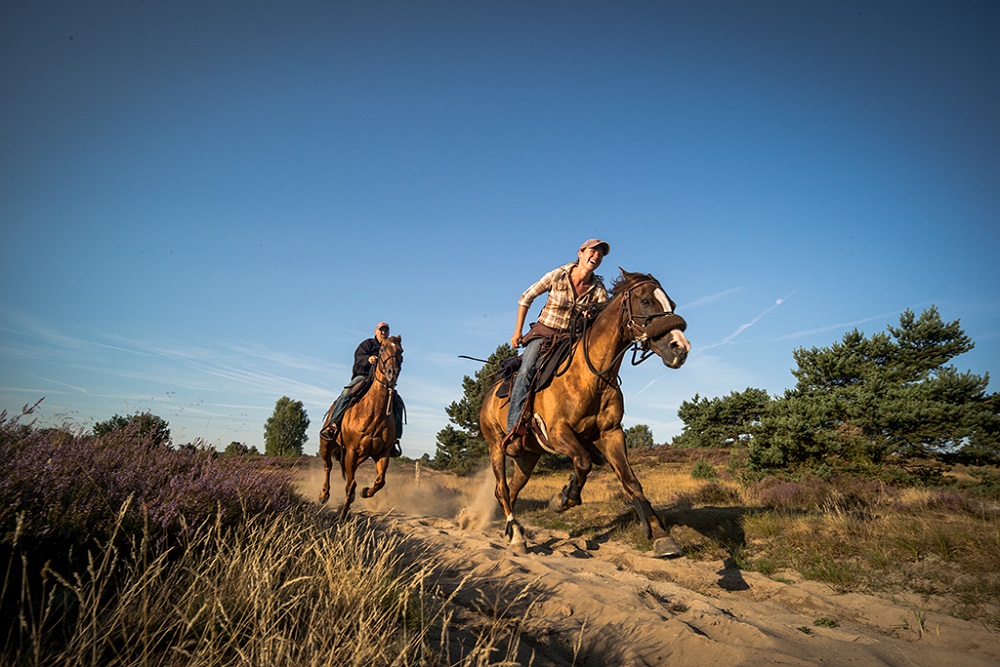
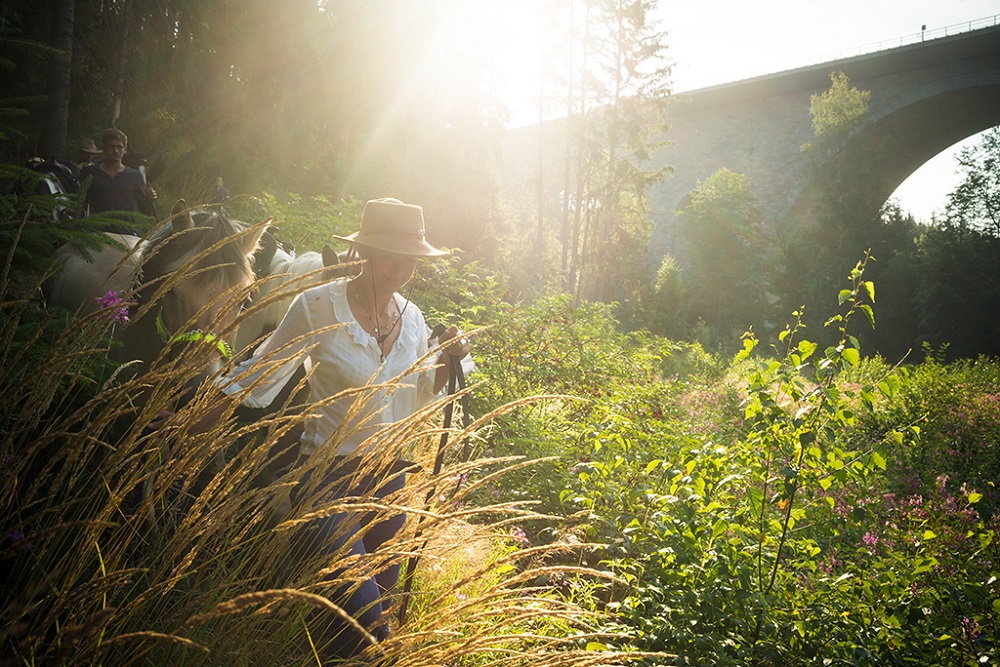
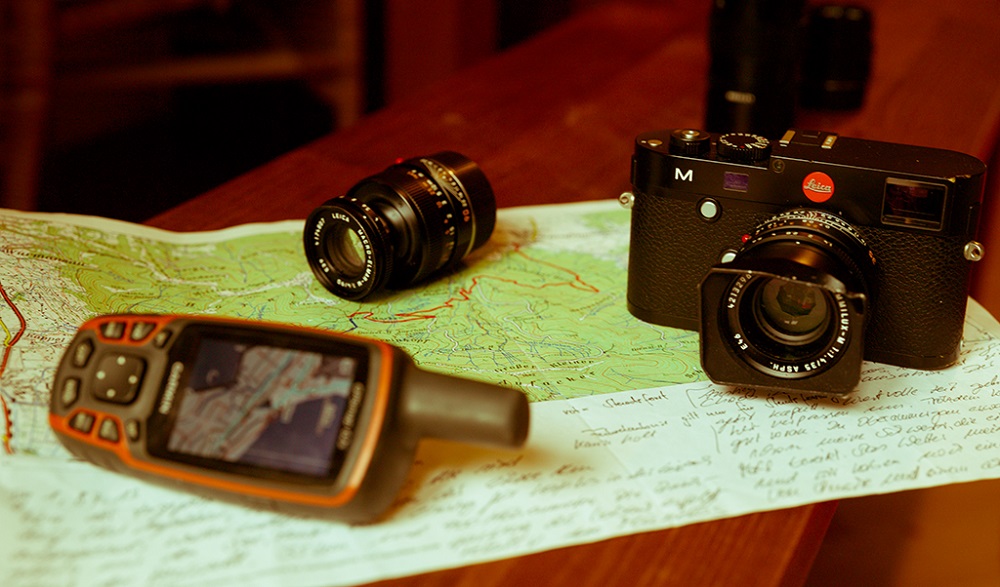
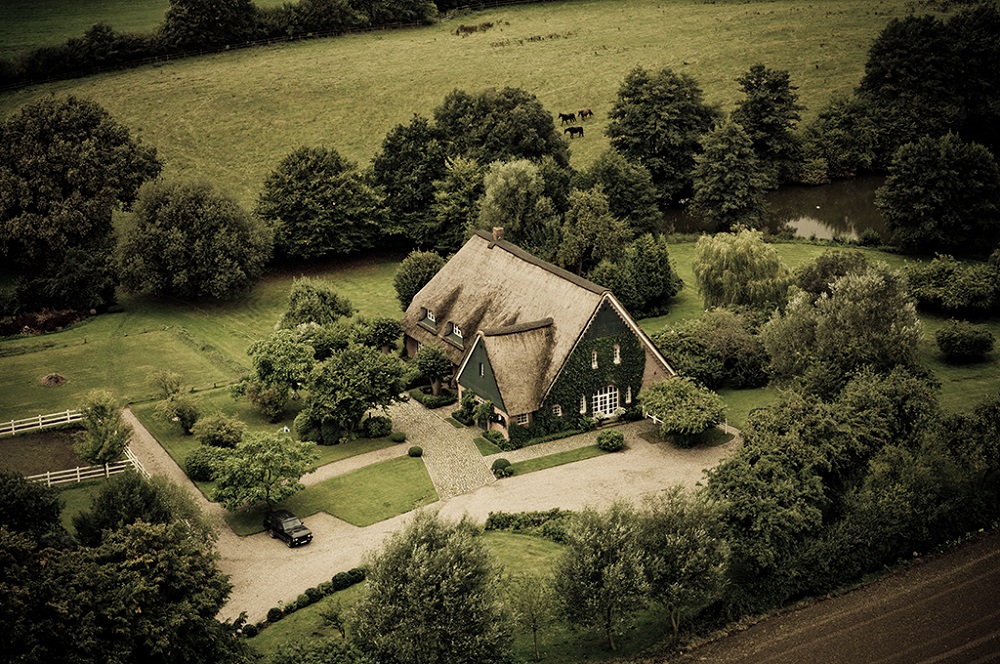
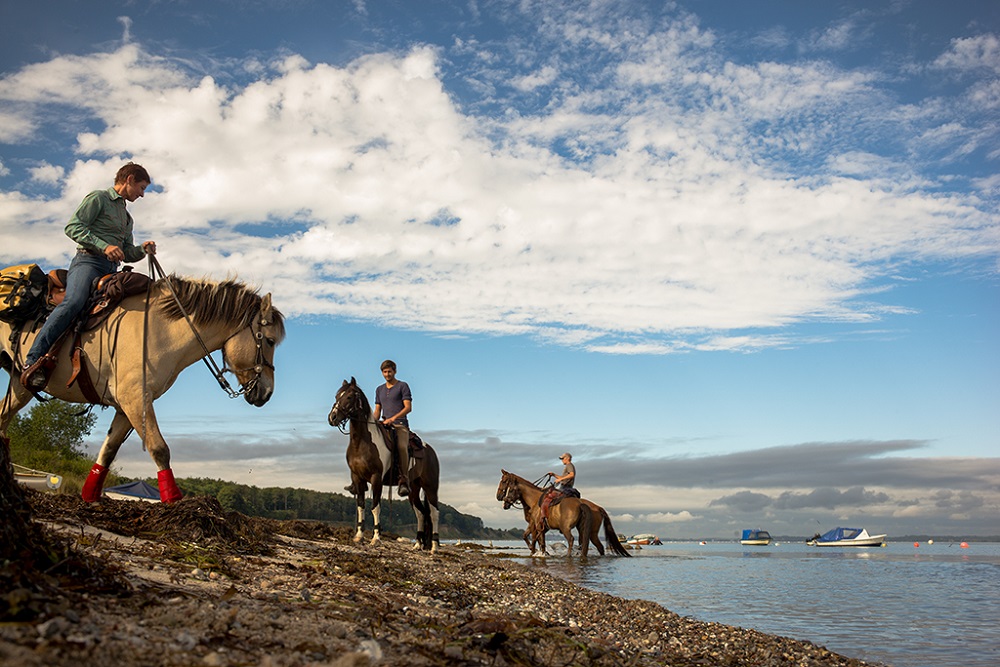

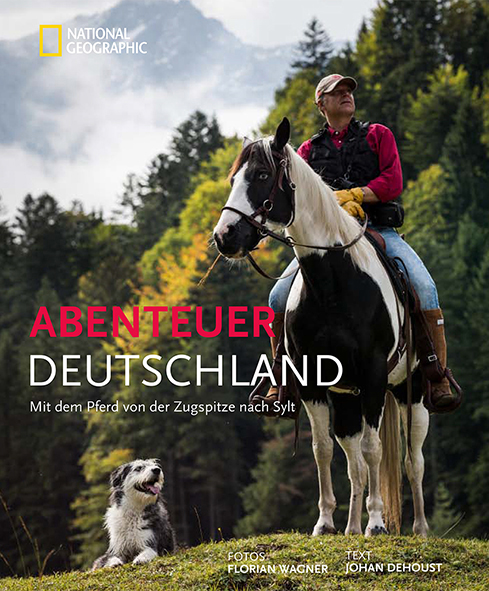
Comment (1)